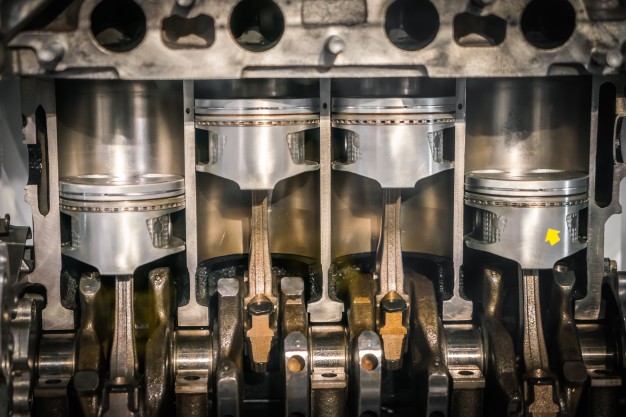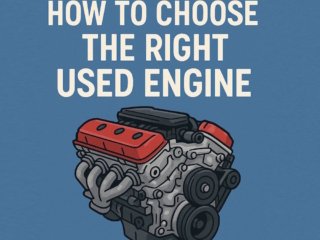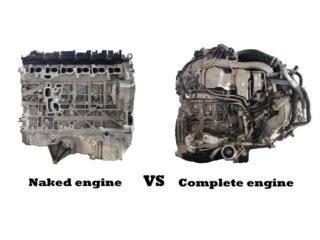Car engines work by converting chemical energy from fuel into mechanical energy that powers the vehicle’s wheels. The most common type of car engine is the internal combustion engine, which operates on the principles of combustion and the four-stroke cycle. Here’s a simplified explanation of how car engines work:
- Air Intake: The process begins with the intake stroke. The engine’s intake valve opens, allowing air to enter the combustion chamber (cylinder). Simultaneously, the piston moves downward within the cylinder, creating a vacuum that draws air into the chamber. Some engines use turbochargers or superchargers to force more air into the cylinders, increasing power output.
- Fuel Injection: Fuel is injected into the combustion chamber in the form of a fine mist. The air-fuel mixture needs to be carefully controlled for optimal combustion and efficiency.
- Compression: The intake valve closes, and the piston begins to move upward, compressing the air-fuel mixture within the cylinder. This compression increases the pressure and temperature of the mixture, making it more combustible.
- Ignition: When the air-fuel mixture is at its most compressed state, a spark plug ignites the mixture. The spark creates a controlled explosion, rapidly increasing pressure inside the cylinder.
- Power Stroke: The explosion forces the piston to move downward rapidly, creating mechanical energy. This energy is transmitted through the connecting rod to the crankshaft. The crankshaft converts this linear motion into rotational motion.
- Exhaust Stroke: After the power stroke, the exhaust valve opens, and the piston moves back up the cylinder, pushing the burnt gases (exhaust) out of the combustion chamber and into the exhaust system.
- Repeating the Cycle: The engine repeats this four-stroke cycle (intake, compression, power, exhaust) thousands of times per minute, depending on the engine’s speed and load. This continuous series of explosions and movements generates the power needed to drive the vehicle.
Car engines can have multiple cylinders (usually 4, 6, or 8) arranged in various configurations (inline, V-shaped, or flat) to provide different levels of power and smoothness. The power generated by the engine is transmitted to the wheels through a transmission system, which allows the driver to control the speed and direction of the vehicle.
Modern car engines also incorporate various technologies, such as electronic fuel injection, variable valve timing, and engine management systems, to optimize fuel efficiency, reduce emissions, and enhance performance. Additionally, hybrid and electric vehicles use different types of powertrains, but the basic principle of converting energy to motion remains the same.
*Text prepared by AI



